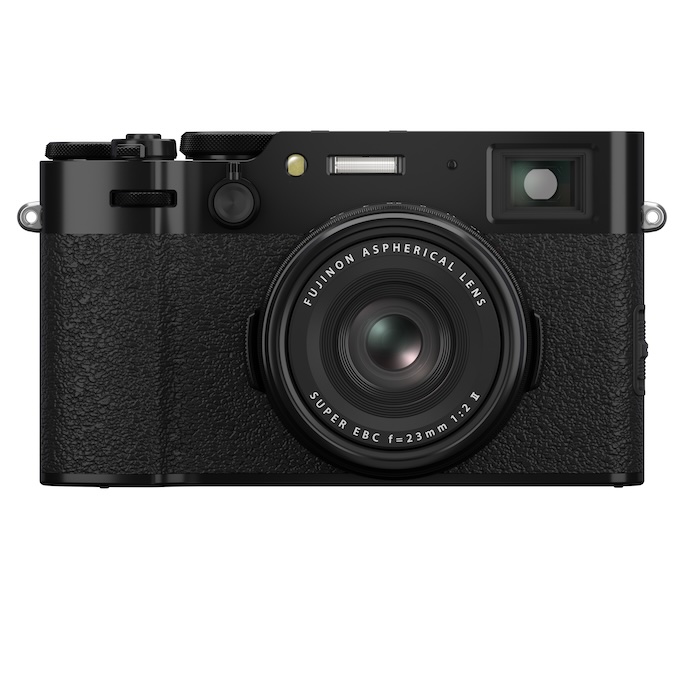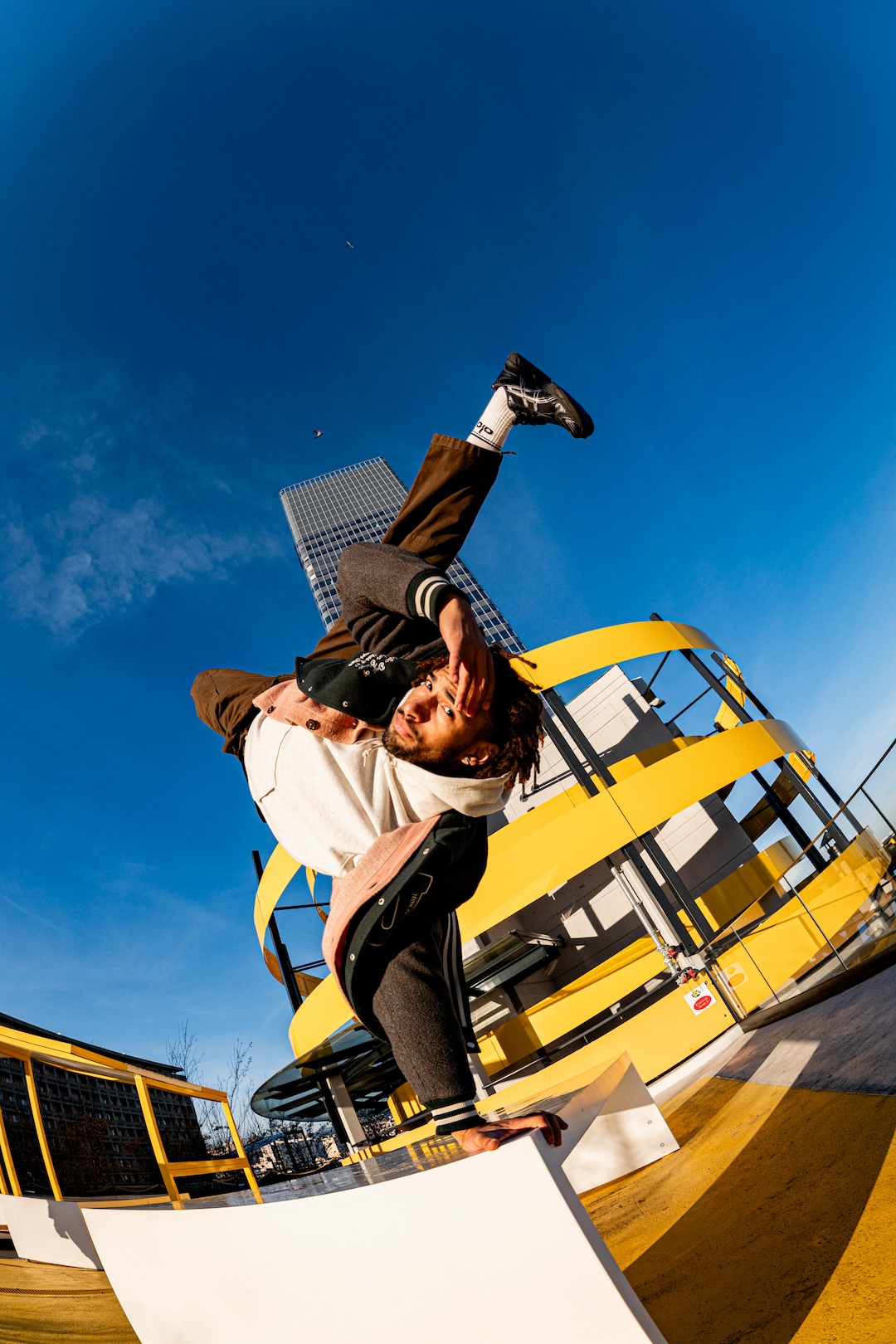Add-Ons to Complement Your Core Filmmaking Gear
June 1, 2016
Whether you’re considering adding video to your client services or are well on your way to becoming fully immersed in the medium, adding the right accessories to your video kit will help deliver a better end result and streamline your workflow. We tackled the right cameras and lenses for your first foray into filmmaking in our March issue—here’s a follow-up of what else you need to consider.
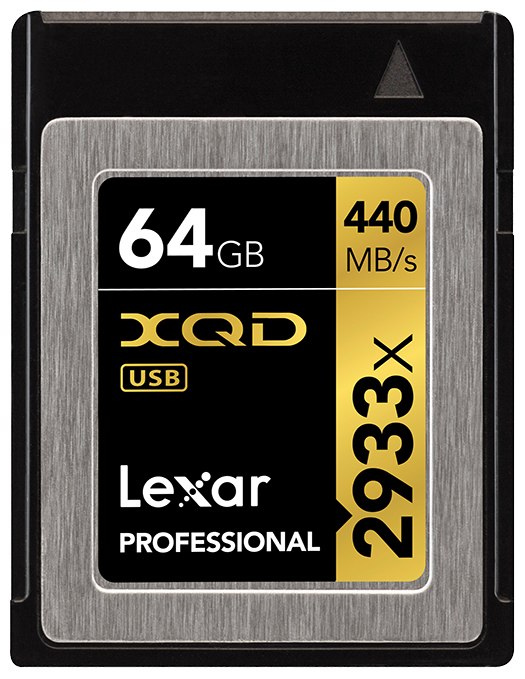
#1 Media Cards
Part of future-proofing is ensuring that you have the speed and capacity needed to keep pace with technology as camera manufacturers and filmmakers move from full HD to 4K and beyond.
Memory card requirements for video will vary by the kind of compression you’re using, the resolution of your file and the bit rate—or amount of data—your camera generates during filming. To make things confusing, digital cameras and video cameras usually list their data rates in megabits per second (Mbps) while memory cards list their data rates in megabytes per second (MBps). Since there are eight bits in a byte, you’ll need to divide a camera’s bit rate by eight to see if your memory card can keep pace.
SD cards are broken out in speed classes. U3 is the fastest speed class with a minimum sustained write speed of 30MBps (240Mbps)—a U3 card can be faster than 30MBps (and many are) but not slower. A U3 card will be fast enough to tackle most 4K video needs from mirrorless cameras like Panasonic’s GH4, which has a max bit rate of 200Mbps and Sony’s a7S II, which records 4K at 100Mbps.
The next fastest SD card speed class, U1, clocks in at a minimum sustained speed of 10MBps (80Mbps) and is fast enough to tackle full HD video from the likes of Olympus’ E-M5 Mark II.
Don’t be confused by another SD speed rating—UHS I and UHS II. Those are measures of burst speed for still photos and aren’t an appropriate measure of card speed for video, where sustained performance, not bursts, matters most.
SD cards will be getting a new set of speed classes soon to help support even higher data rates. The fastest of the new Video Speed Class (as they’re being called) is V90, which will offer a minimum speed of 90MBps. The next highest, V60, will clock in with a minimum sustained speed of 60MBps. Both of these speed classes will be ideal for high bit rate 4K and 360-degree video.
If you’re considering a cinema camera like Canon’s XC10 or the URSA Mini from Blackmagic Design, you’ll move into another class of memory: CFast 2.0. CFast is significantly faster than SD, but memory card makers are a lot less upfront about sustained write speeds. That said, we seen CFast 2.0 cards with sustained speeds up to 260MBps. Another new memory format, XQD (which was developed as the next-generation CompactFlash card) is also speedy. Lexar’s 64GB 2933x XQD 2.0 card, for example, has maximum read/write speeds of 440/400 MBps. Nikon’s new D5 is sold with either XQD or SD card slots.
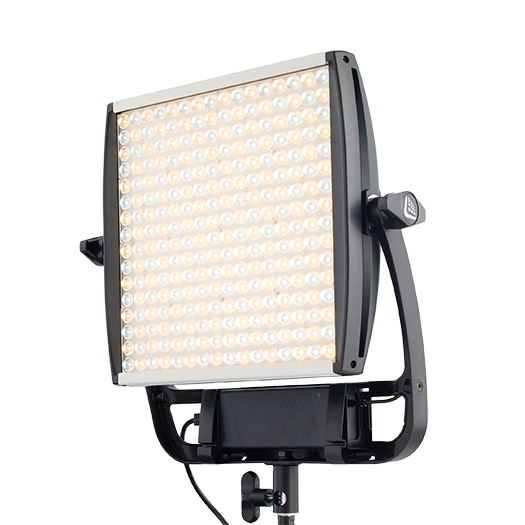
#2 LED Lights
LED lights are often the perfect solution for videographers. Most are highly portable and they’re known for low power consumption. They often run off batteries alone with an AC adapter option for longer shoots. LEDs are dimmable and bi-color models offer white balance flexibility with dial-in temperatures, so it’s easy to move from outdoor daylight to the warmer light of a wedding reception venue. Smaller LED panels can be mounted right to the camera, while others are better suited for off-camera support systems like light stands.
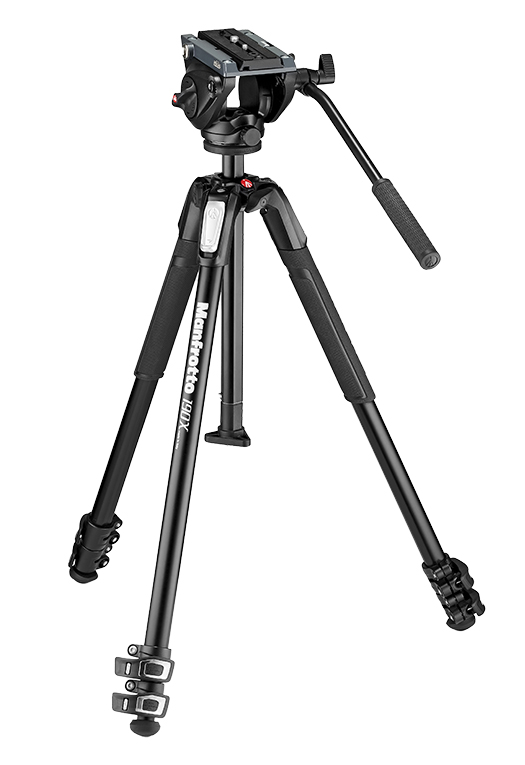
#3 Pan/Tilt Heads
Tripod heads come in all shapes and sizes but a fluid pan/tilt head will help ensure that your video movements are silky smooth. They come in a variety of sizes, weights and load capacities as well as prices. While other heads offer stability, those designed for video offer more control over steady movement as well as additional features such as a counterbalance and/or a level. The flat base of a pan/tilt head can also be adapted for use with a video bowl, which allows even more fluid movement at various angles.
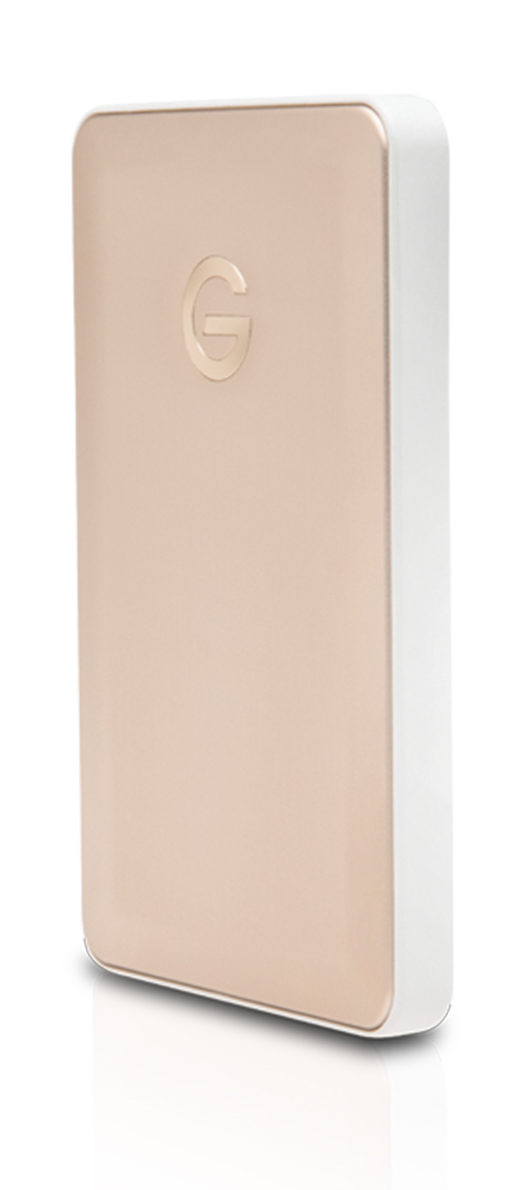
#4 External Storage
Video, especially 4K video, will put enormous demands on your storage. One minute of 4K/30p footage shot in ProRes 422 will take up about 7.9GB of space while the same format in full HD will use about 1.98GB. One minute of 4K video recorded using Sony’s XACV codec, on the other hand, weighs in at 750MB. It will add up quickly.
To adequately store and edit video, you’ll need external RAID-based drives that aren’t only high capacity, but fast. For 4K, a Thunderbolt 2 or 3-based drive will have the speed to support 4K editing. You’ll want a Thunderbolt-based drive not just for its speed but for its ability to daisy-chain additional devices (including extra external drives) together. Daisy-chaining will let you add capacity as your storage needs grow, as well as keep cable clutter to a minimum.
A RAID drive will also deliver a combination of data backup and speed—in fact, drive performance speeds depend on your RAID settings. When comparing drives, be sure you’re comparing their speeds at identical RAID settings (RAID 0, 5, etc.) for an apples-to-apples comparison.
Other characteristics to consider include the nature of the RAID controller—a hardware-based RAID controller will generally be faster and more reliable than software-based RAID controllers.
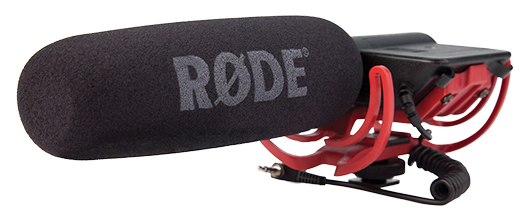
#5 Microphones
In-camera microphones aren’t capable of capturing the quality audio necessary for a polished video production. They will often pick up unwanted noise such as the lens’s autofocus mechanism as it searches for focus. Given those limitations, most high-end cameras come with microphone jacks to plug in an external stereo mic. Perhaps the most convenient external microphones are shotguns that attach directly to the camera hotshoe. In addition to convenience and ensuring that it won’t be visible in the shot (handheld and boom microphones can accidentally slip into the frame when filming), shotgun microphones are designed to pick up sound from the front and tend to block out sounds from the side, helping ensure that the audio and the scene in front of the camera better match.
This isn’t a full list of accessories, but by adding some of these essential pieces to your video kit, you’ll have a base of tools at your fingertips and can easily add others as you expand your video work.
CreativeLive Video Tutorial: Fundamentals of DSLR Filmmaking
Related:
Demystifying Video: A Guide to the Often-Perplexing World of Filmmaking Processes

